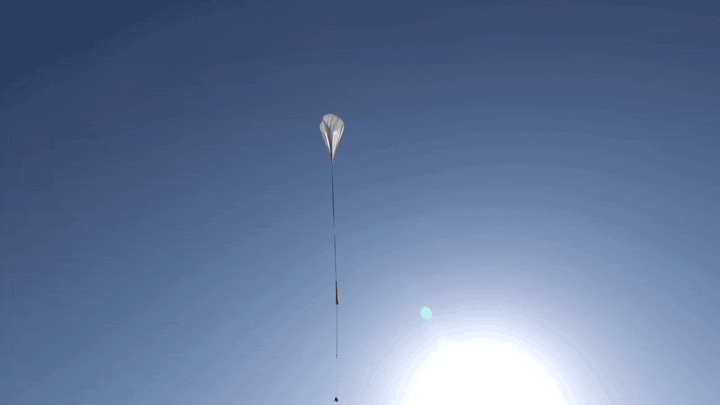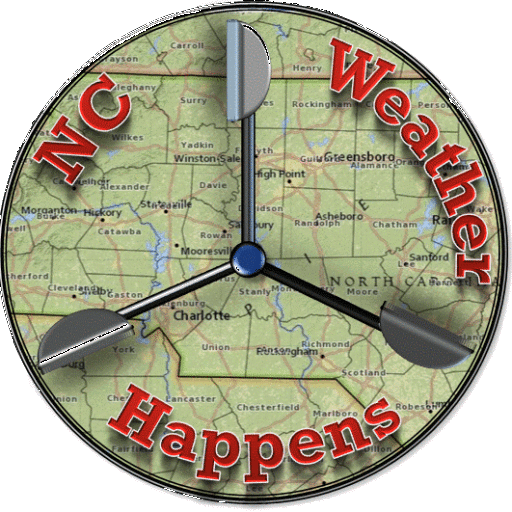
Weather Balloons and Radiosondes
About twice a day, weather balloons are released from various locations around the globe. Filled with hydrogen gas (the lightest element), they can soar to over 100,000 feet up. That’s higher than commercial airplanes!
The balloon carries a mini weather station below it. It records the barometric pressure, humidity, temperature, wind, and GPS location. This device is called a Radiosonde. “Radio”, because it transmits its weather measurements back to earth, and “sonde”, which is French for “Probe”.
As the balloon travels higher and higher, it expands as the air pressure decreases with height. Eventually it will pop! The Radiosonde attached to it, floats back to earth on a parachute where it can be found and returned to the National Weather Service.
Let’s see how they work…
In this video, you can see an actual weather balloon launch from start to finish. It is a long video but each launch takes about this long.
What happens when the balloon pops?
Review Questions
- How high can a Weather Balloon go before it pops?
- What gas is used to fill the weather balloon?
- Name two (2) measurements that the Radiosonde takes.
- What doens the word “Sonde” mean in French?
BONUS QUESTION: Describe how these measurements are used to make a weather forecast.
(Answers are in bold above)

